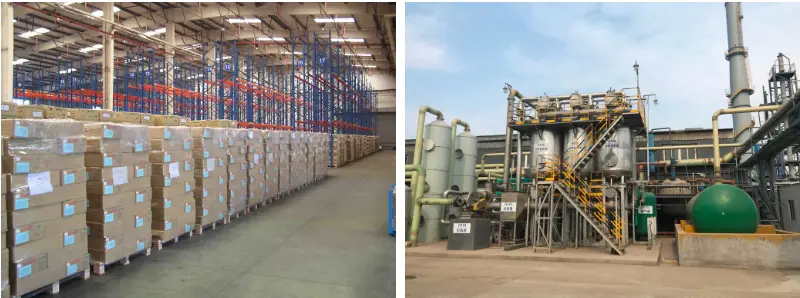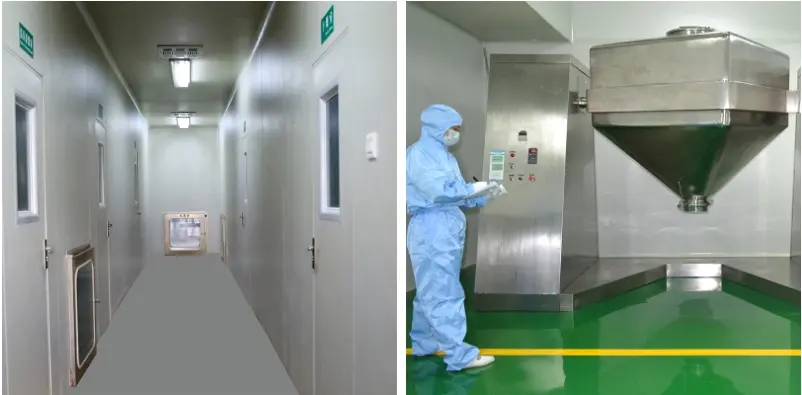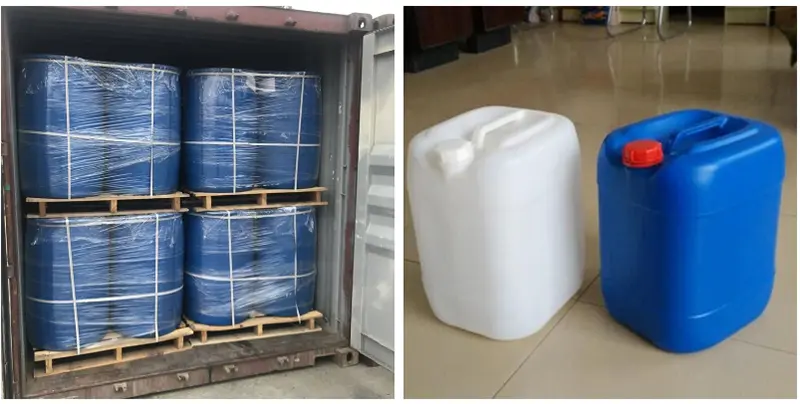Sodium hydroxide CAS#1310-73-2
Sodium hydroxide CAS#1310-73-2 Promotion Season Now in Store and Free Sample for Testing with Factory Price
Chemical Name:Sodium hydroxide
CAS No.1310-73-2
Molecular Formula:NaOH
Molecular weight: 39.99711
Sample: Available
Mode of Transportation
1. By Air, fast but expensive.
2. By Sea, usual and economy.
3. By Train, suit for middle Asia countries.
4. By Express, suit for small package.
We only provide highest quality goods available, accompanied by after support!
Products Description of Sodium hydroxide CAS#1310-73-2
Sodium hydroxide, also known as caustic soda and caustic soda, has the chemical formula NaOH. It is a highly corrosive strong base, usually in white flakes or granules. It can be mixed with water to form an alkaline solution, and can also be dissolved in methanol and ethanol. This alkaline substance is deliquescent and will absorb water vapor in the air, as well as acidic gases such as carbon dioxide. Sodium hydroxide is one of the commonly used chemicals. It has a wide range of applications and is a necessity in many industrial processes: it is often used in the manufacture of wood pulp paper, textiles, soaps and other detergents, and is also used in household alkaline drain cleaning products.

Sodium hydroxide Chemical Properties
Melting point | 681 °C(lit.) |
Boiling point | 1390°C |
density | 1.515 g/mL at 20 °C |
vapor density | <1 (vs air) |
vapor pressure | 1 mm Hg ( 745 °C) |
refractive index | 1,473-1,475 |
Fp | 176-178°C |
storage temp. | room temp |
solubility | H2O: 1 M at 20 °C, clear, colorless |
form | beads |
color | White |
Specific Gravity | 2.13 |
Odor | Odorless |
PH Range | 13 - 14 |
PH | 10.98(1 mM solution);11.95(10 mM solution);12.88(100 mM solution); |
Water Solubility | SOLUBLE |
Sensitive | Air Sensitive & Hygroscopic |
Decomposition | 176-178 ºC |
λmax | λ: 260 nm Amax: 0.015 |
Merck | 14,8627 |
Dielectric constant | 57.5(25℃) |
Exposure limits | TLV-TWA air 2 mg/m3 (OSHA); ceiling 2 mg/m3 (ACGIH) and 2 mg/m3/15 min (NIOSH). |
Stability: | hygroscopic |
CAS DataBase Reference | 1310-73-2(CAS DataBase Reference) |
NIST Chemistry Reference | Sodium hydroxide(1310-73-2) |
EPA Substance Registry System | Sodium hydroxide (1310-73-2) |
Safety Information
Hazard Codes | C,Xi |
Risk Statements | 36/38-35-34 |
Safety Statements | 26-45-37/39-24/25-36/37/39 |
RIDADR | UN 1824 8/PG 2 |
WGK Germany | 1 |
RTECS | TT2975000 |
F | 8 |
TSCA | Yes |
HS Code | 2815 11 00 |
HazardClass | 8 |
PackingGroup | II |
Hazardous Substances Data | 1310-73-2(Hazardous Substances Data) |
Toxicity | LD orally in rabbits: 500 mg/kg (10% soln) (Fazekas) |
IDLA | 10 mg/m3 |
Product Application of Sodium hydroxide CAS#1310-73-2
Sodium hydroxide has a wide range of uses. In chemical experiments, in addition to being used as a reagent, it can also be used as an alkaline desiccant due to its strong hygroscopicity. Caustic soda is widely used in the national economy and is needed by many industrial sectors. The sector that uses the most caustic soda is the manufacture of chemical drugs, followed by papermaking, aluminum smelting, tungsten smelting, rayon, artificial cotton and soap manufacturing. In addition, in the production of dyes, plastics, pharmaceuticals and organic intermediates, the recycling of old rubber, the production of metallic sodium, the electrolysis of water and the production of inorganic salts, the production of borax, chromium salts, manganates, phosphates, etc., a large amount of caustic soda is also used. Industrial sodium hydroxide should comply with the national standard GB209-2006; industrial ion exchange membrane sodium hydroxide should comply with the national standard GB/T11199-89; chemical fiber sodium hydroxide should comply with the national standard GB11212-89; edible sodium hydroxide should comply with the national standard GB5175-85.
In industry, sodium hydroxide is usually called caustic soda, or caustic soda, caustic soda. This is because concentrated sodium hydroxide solution splashes on the skin, corroding the epidermis and causing burns. It has a dissolving effect on proteins and is highly irritating and corrosive (due to its dissolving effect on proteins, alkali burns are less likely to heal than acid burns). Dropping 0.02% solution into rabbit eyes can cause corneal epithelial damage. Mouse intraperitoneal LD50: 40mg/kg, rabbit oral LDLo: 500mg/kg. Dust irritates the eyes and respiratory tract and corrodes the nasal septum; splashing on the skin, especially on the mucous membrane, can produce soft scabs and penetrate into deep tissues, leaving scars after burns; splashing into the eyes can not only damage the cornea, but also cause deep tissue damage in the eyes, and in severe cases can cause blindness; accidental ingestion can cause digestive tract burns, colic, mucosal erosion, vomiting of bloody gastric contents, bloody diarrhea, sometimes hoarseness, dysphagia, shock, digestive tract perforation, and gastrointestinal stenosis in the later stage. Due to its strong alkalinity, it can cause pollution to water bodies and attention should be paid to plants and aquatic organisms.
Factory and Equipment Show


Fast delivery time
Inventory 2-3 working days New production 7-10 working days









